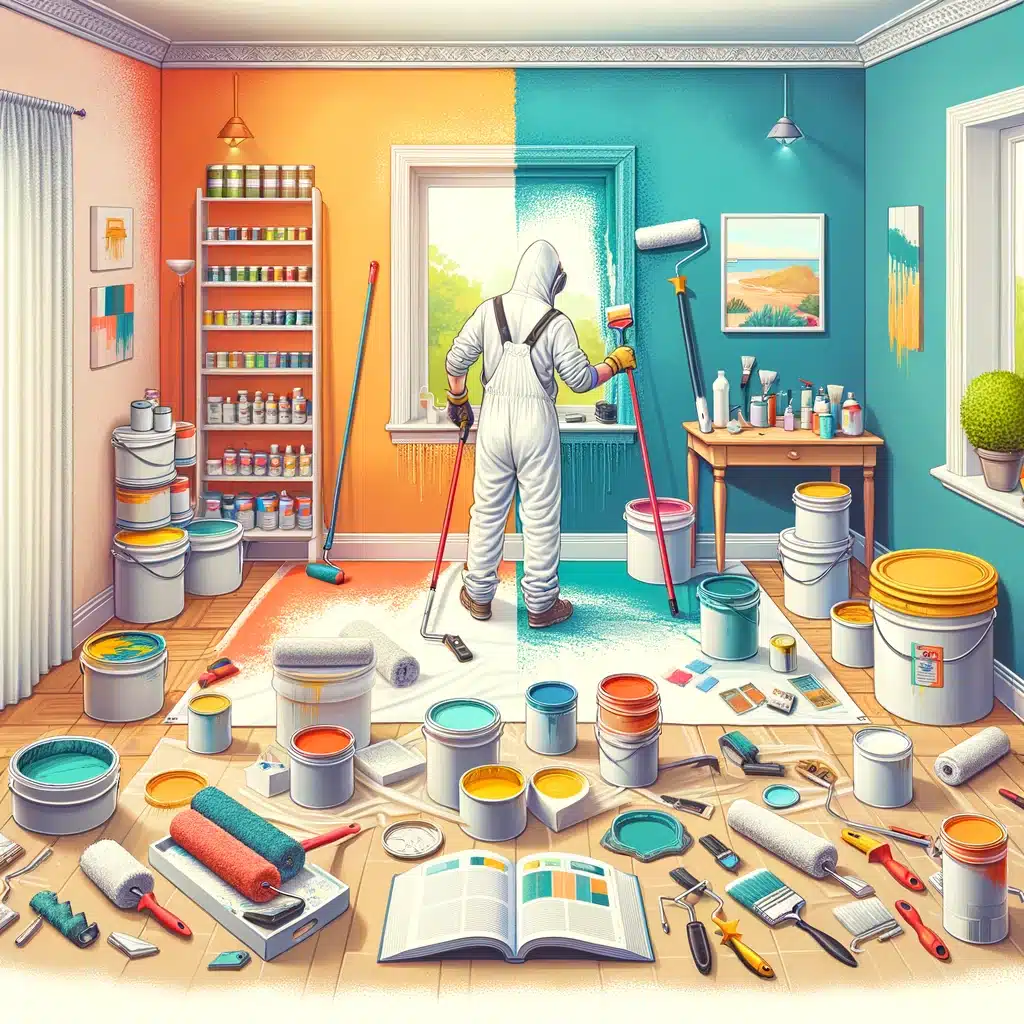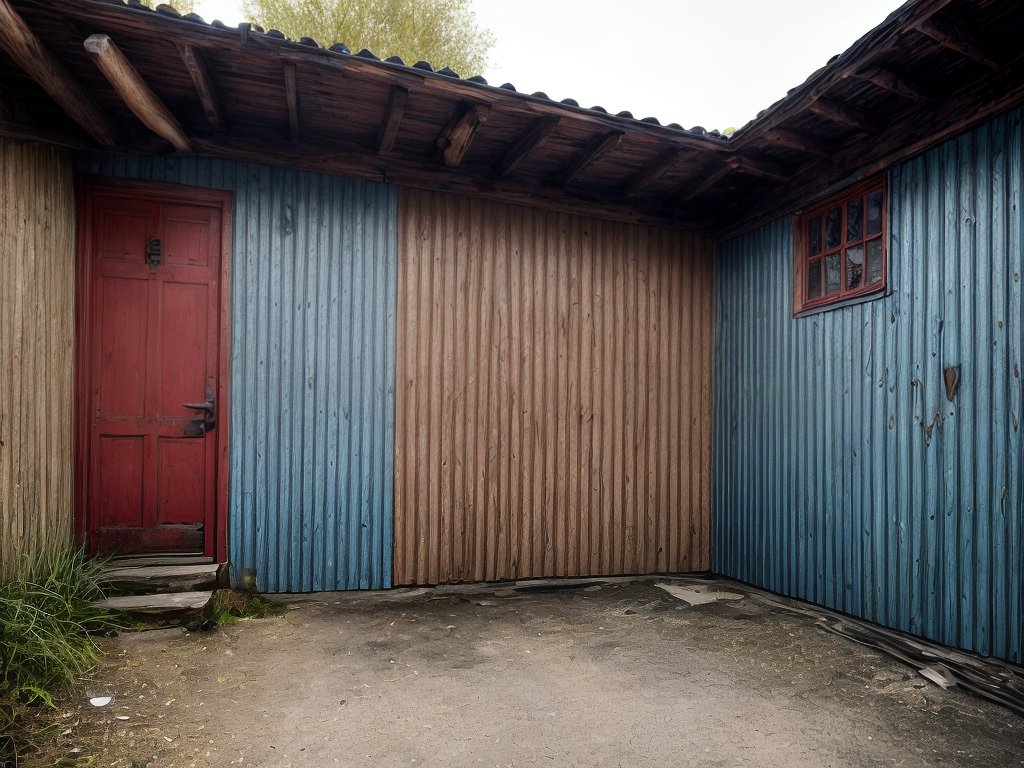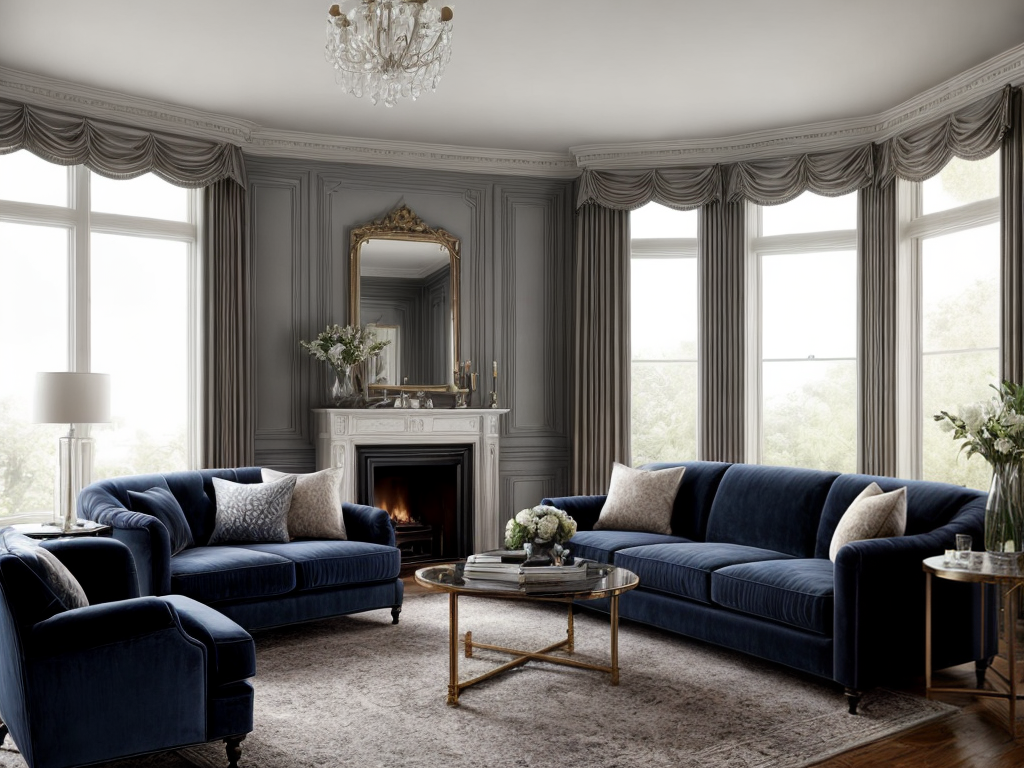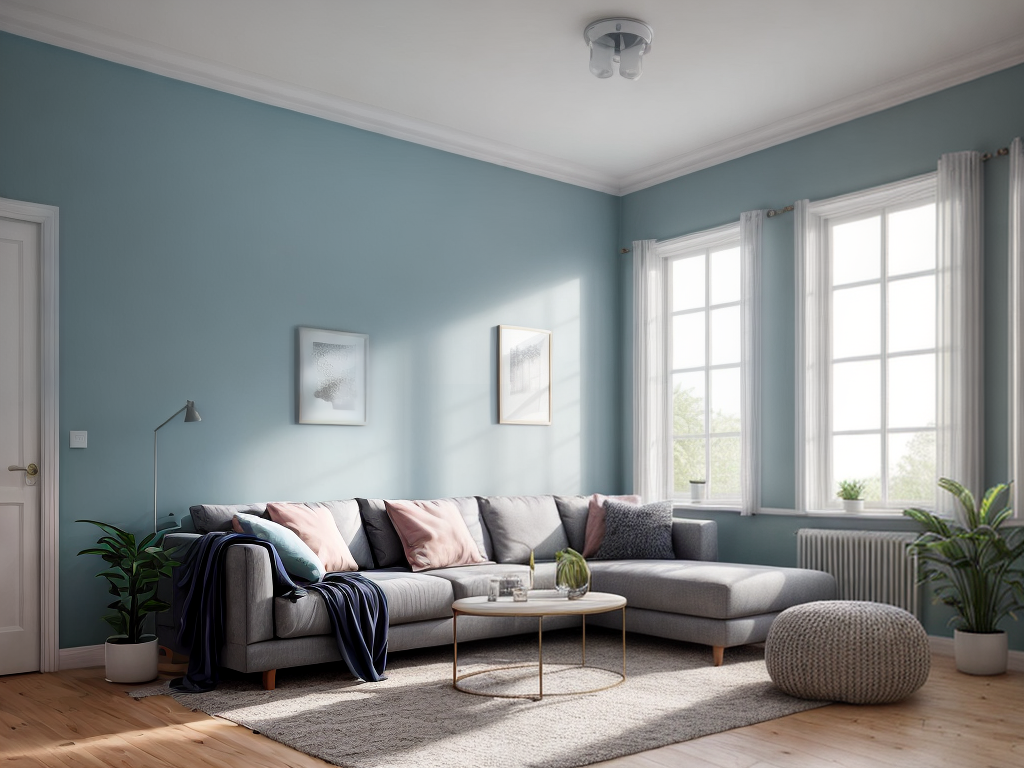Have you ever wondered how to make your walls more interesting? In this article, I will be discussing the topic of adding depth and character to walls through the use of texture. Texture can truly transform a space, giving it a unique and personalized touch. With various types of wall textures to choose from, you can easily find the perfect one to suit your style and taste. Whether you prefer a DIY approach or want to incorporate texture with paint or wallpaper, there are endless possibilities to explore. Additionally, I will provide tips on maintenance and care for textured walls to ensure they stay looking their best. So, let’s dive in and discover how texture can elevate the ambiance of any room!
Why Texture Matters
Texture matters because it adds visual interest and tactile dimension to otherwise flat and mundane walls. The benefits of textured walls are multifaceted. Firstly, texture creates a sense of depth, making a space feel more dynamic and inviting. It adds character and personality to a room, transforming it from ordinary to extraordinary. Secondly, the psychological impact of texture in interior design should not be underestimated. Different textures can evoke different emotions and moods. For example, rough textures like exposed brick can create a rustic and cozy atmosphere, while smooth textures like polished marble can convey elegance and sophistication. Texture also has a practical aspect, as it can help mask imperfections on walls and ceilings. Overall, incorporating texture into interior design has numerous advantages, both aesthetically and psychologically.
Types of Wall Textures
When considering adding depth and character to walls, exploring the various types of wall textures is essential. Different textures can completely transform the look and feel of a room. One popular option is the orange peel texture, which provides a subtle, lightly bumpy surface. Another option is the knockdown texture, which has a more pronounced texture that resembles small, flattened peaks. The benefits of textured walls are numerous. They can hide imperfections and flaws, adding a layer of camouflage to the surface. Textured walls also add visual interest and dimension to a space, creating a unique and inviting atmosphere. Additionally, textured walls can help with sound absorption, reducing echo and creating a more acoustically pleasing environment. Overall, exploring different wall textures can be a fun and creative way to enhance the overall aesthetic of your walls.
Choosing the Right Texture for Your Space
To find the perfect texture for my space, I started by exploring different options. Choosing texture styles that complement the overall theme of a room can significantly enhance its aesthetic appeal. Textured walls bring a unique charm and character to any space. Not only do they add visual interest, but they also create depth and dimension. The benefits of textured walls go beyond just aesthetics. They can help to hide imperfections and blemishes on the walls, making them a great option for older homes or spaces with wear and tear. Additionally, textured walls can also provide acoustic benefits by reducing echo and sound transmission within a room. With so many options available, it’s important to consider the style, functionality, and feel you want to achieve in your space when choosing the right texture.
DIY Texture Techniques
After exploring different texture options, I decided to take on some DIY texture techniques to add depth and character to my walls. One of the first techniques I tried was drywall repair. I had a few dents and cracks in my walls, so I used joint compound to fill them in and create a smooth surface. It was a simple process that made a big difference in the overall appearance of my walls. Another technique I experimented with was stenciling. I found a beautiful stencil pattern and used it with some paint to create a unique design on my walls. It was a fun and creative way to add texture and personality to the space. Overall, these DIY texture techniques were both rewarding and cost-effective.
Incorporating Texture With Paint
To further enhance the texture on my walls, I decided to explore the art of incorporating texture with paint. By experimenting with different painting techniques, I discovered that I could add depth and character to my walls in unique and interesting ways. One technique that inspired me was using a dry-brush method, where I lightly applied paint to the wall with a dry brush, creating a subtle texture that added visual interest. Another technique that caught my attention was sponging, where I dipped a sponge in paint and lightly dabbed it onto the wall, creating a mottled effect that resembled natural stone. These painting techniques not only added texture but also brought a sense of creativity and personality to my walls.
Using Wallpaper for Textured Walls
When exploring different ways to add depth and character to my walls, I found that using wallpaper was another exciting option. Wallpaper trends have evolved over the years, offering a wide variety of designs and patterns that can create unique and creative wall textures. From textured wallpapers that mimic the look of brick or wood, to metallic finishes that add a touch of glamour, there are endless possibilities to transform a plain wall into a statement piece. Wallpaper not only adds visual interest but also provides a tactile experience, allowing you to feel the texture and depth on your walls. Whether you choose a bold and vibrant pattern or a subtle and delicate texture, using wallpaper is a fantastic way to enhance the overall aesthetic of your space.
Maintenance and Care for Textured Walls
Taking care of textured walls is essential to maintain their beauty and longevity. In this section, I will discuss effective cleaning techniques for different textures, ensuring that your walls stay free from dust and dirt. Additionally, I will provide tips on preventing wall damage and keeping your textured walls in pristine condition.
Cleaning Techniques for Textures
As someone who wants to maintain the beauty and integrity of my textured walls, I have found that using a gentle cleaning solution and a soft-bristle brush can effectively remove dirt and grime. When it comes to cleaning textured walls, it is important to use the right cleaning methods to avoid damaging the texture. Start by mixing a mild cleaning solution with warm water in a spray bottle. Gently spray the solution onto the textured wall, focusing on areas with stains or dirt buildup. Allow the solution to sit for a few minutes to loosen the dirt. Then, using a soft-bristle brush, gently scrub the wall in a circular motion. Be careful not to apply too much pressure to avoid damaging the texture. Finally, rinse the wall with clean water and pat it dry with a soft cloth. By following these cleaning techniques, you can keep your textured walls looking clean and beautiful.
Preventing Wall Damage
To effectively prevent damage to my textured walls, I implement a regular maintenance routine. Damage prevention is crucial in preserving the integrity and beauty of my walls. One of the key aspects of wall protection is to inspect the walls regularly for any signs of wear and tear. This allows me to address any issues promptly before they worsen. I also make it a point to clean my walls regularly to remove any dirt or grime that could potentially cause damage. Additionally, I avoid hanging heavy objects directly on the walls and instead use wall anchors or hooks to distribute the weight evenly. By taking these proactive measures, I can ensure that my textured walls remain in excellent condition for years to come.
Conclusion
As we discuss the importance of texture in our walls, we realize that it goes beyond aesthetics. Texture symbolizes the depth and character of our spaces, adding a sense of warmth and personality. By choosing the right texture and incorporating it with paint or wallpaper, we can transform our walls into pieces of art that reflect our unique style. Let’s embrace the power of texture and create spaces that speak volumes about who we are.




